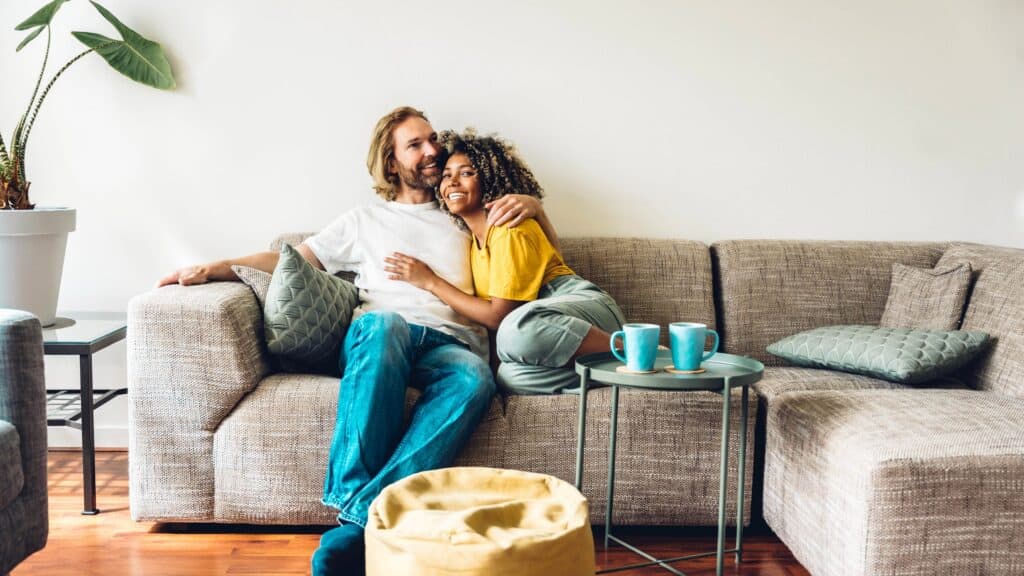On May 6, the Reserve Bank of Australia (RBA) increased the cash rate by 25 basis points from 0.1% to 0.35% – the first hike since 3 November 2010.
The trigger? A Consumer Price Index (CPI) inflation spike, which the RBA is now projecting to peak at 6% by December 2022. Their projections for the trimmed mean inflation (the average inflation rate of the middle 70% of contributors in the CPI inflation ‘basket’) are a little lower, sitting at 4.75% by December.
The goal of the RBA’s cash rate hike, of course, is to help bring down inflation – but, with headwinds in the form of COVID-19 outbreaks, China’s ongoing lockdowns, and the war in Ukraine, that hike might stay in place longer than expected, and the interim will be uncomfortable for borrowers across the board.
Context of the Cash Rate Hike
To understand the implications of the cash rate hike for developers, it’s important to first understand why the hike is happening and what the general economic impacts will be.
Let’s start by defining the cash rate. According to the RBA, the cash rate is the market interest rate for overnight loans between financial institutions. In other words, when banks borrow money from the RBA at the end of a business day to cover temporary cash shortages, the RBA charges them the cash rate – it’s the lowest interest rate available.
Because the cash rate underlies all other national interest rates, any fluctuations in the cash rate mean those other interest rates respond accordingly. When a cash rate hike occurs, as it is now, other interest rates go up.
The speed at which those interest rates match the cash rate varies depending on the type of loan; for instance, the current hike has already been passed through to consumers with variable loans, but those with fixed-term loans will not be affected until their loan term expires.
Although higher interest rates might seem undesirable, they’re normally associated with a drop in inflation. Spending is curbed, suppliers respond by cutting production, and general economic activity decreases. Appreciation of the Australian dollar also decreases prices for imported items and can incentivise domestic suppliers to lower prices on similar items, which, ultimately, can lower the prices for related CPI expenditure classes (subsequently decreasing inflation).
That’s the basic rationale behind May’s cash rate hike – but there are a couple of other factors that make the current situation noteworthy.
One, the RBA revised its inflation predictions in its May 6 statement on monetary policy. The predicted peak of 4.75% is 200 basis points above the previous prediction of 2.75%, which means, undoubtedly, that more rate hikes are on the way (CBA is predicting 25-basis point rises up to a cash rate high of 1.25% by February 2023).
Two, central banks hiking the overnight/cash rate isn’t limited to Australia. It’s a global trend, with the Bank of Canada, the Bank of England, and the Reserve Bank of New Zealand delivering 50-, 25-, and 50-basis point increases respectively. The global economy is walking a fine line between curbing inflation and a severe economic downturn.
Impact on Property and Development
For developers, the situation is relatively simple: the economy is moving forward in a precarious state, overall economic activity will drop, and lenders will be more reticent than ever to fund new projects.
Small to mid-sized residential developers, though, are likely to be affected differently to bigger developers. If the cash rate reaches the RBA’s predicted peak of 2.5%, home values could fall by around 15%, even as interest rates skyrockets.
That means housing affordability could actually decrease even as property values go down. There are already signs – CoreLogic’s Home Value Index, a lagging indicator, recorded a slowdown in housing value growth, which dropped from 2.8% in May 2022 and 1.1% in January 2022 to just 0.6% in February 2022. Combined with the supply chain and labour shortage issues that led to building approvals tumbling 18.5% in May, residential developers may face challenges in getting financing from banks.
For larger residential and commercial developers, the outlook is more hopeful. As borders open and transient populations return to urban centres, the demand for apartments and rental accommodation is likely to increase. The hotel sector is also recovering – Baring Private Equity Asia’s $530-million acquisition of Hilton Sydney is an indicator of good things to come. With those considerations in mind, financing will be comparatively easier to obtain for bigger developers, although general economic uncertainty and construction sector issues may still make lenders skittish.
Moving Forward Under the Hikes
When economic conditions fluctuate, timing is critical. As 2022 rolls onwards, developers will have to assess their project pipelines and balance the impact of interest rate rises and funding difficulties with projected delivery timeframes.
For many, taking out loans as quickly as possible will be the right move. For example, a bank development loan might currently have a 4.5% interest rate – on a $3 million residential development loan, repayments would work out at $11,250 per month. Increase the cash rate by just 50 basis points, and, assuming there’s a near-instant pass-through, repayments are up to $12,500 per month. For developers light on capital, operating in a cooling market, that kind of difference can be fatal to project viability.
However, delivery timeframes are a very real consideration, especially with the construction sector’s ongoing problems. Some developers might decide that taking out loans pre-emptively is too risky – better to weather heightened interest rates than make a bad gamble.
For those that do go ahead with locking in lower-rate loans, the issue will be actually finding lenders willing to finance them. The major banks are beginning to tighten lending requirements, which can make funding harder for new or cash-light developers. Private lending, despite higher interest rates, might well be one of the few viable pathways for companies that are essentially being locked out of projects by a brutal combination of macroeconomic trends, industry conditions, and shaky business footing.
They say fortunes are made in down markets. As Australia moves towards a grim economic horizon, it remains to be seen whether that holds true for developers.






